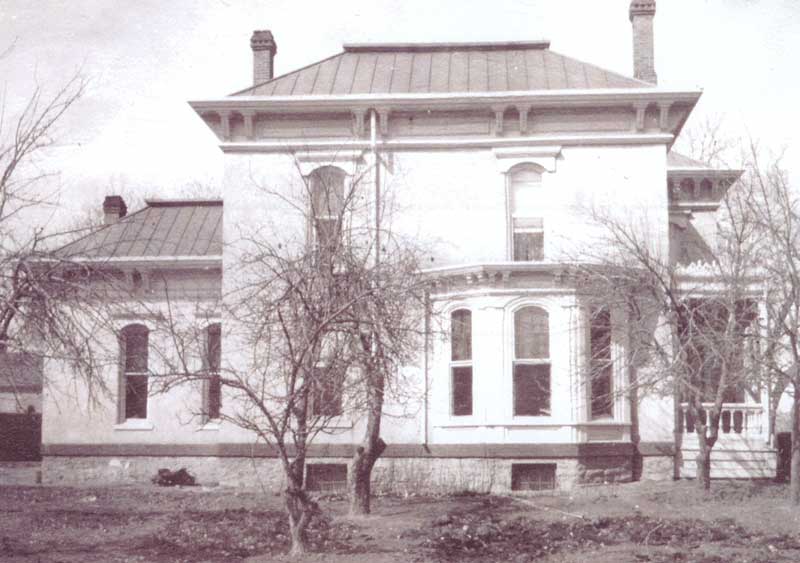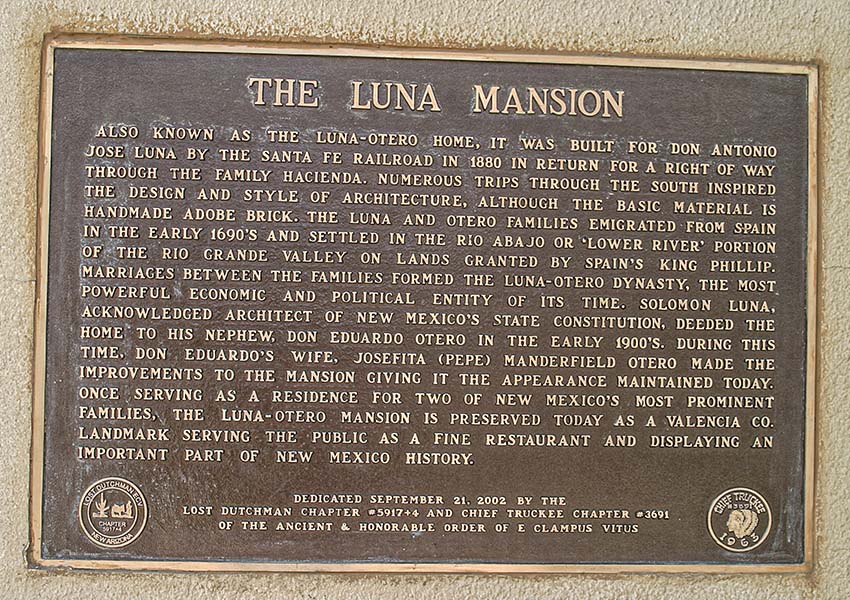
The Enduring Whispers: Exploring America’s Legendary Landscape
America, a nation forged in revolution and tempered by progress, often prides itself on its forward momentum, its relentless pursuit of the new. Yet, beneath the gleaming skyscrapers and the hum of innovation lies a rich, fertile soil of legend and lore. From the colossal figures of folk heroes to the shadowy whispers of cryptids and the lingering echoes of spectral residents, these stories are not mere flights of fancy; they are the narrative bedrock of a young nation, shaping its identity, reflecting its anxieties, and embodying its enduring spirit. In a journalistic exploration of America’s legendary landscape, we peel back the layers of the commonplace to reveal the extraordinary tales that continue to captivate and mystify.
The very concept of an American identity is intertwined with its myth-making. Unlike older civilizations with ancient pantheons, America had to invent its own. This led to the birth of Folk Heroes, figures so larger-than-life they seem to embody the very spirit of the nascent nation – its boundless ambition, its rugged individualism, and its ability to tame an untamed wilderness.
Consider Paul Bunyan, the giant lumberjack whose mighty axe carved out rivers and whose blue ox, Babe, created lakes with their footprints. Bunyan is more than just a tall tale; he is a personification of Manifest Destiny, the spirit of conquest over nature, and the monumental effort required to settle a continent. His stories, born from the logging camps of the Midwest, provided humor and inspiration to men engaged in back-breaking labor, turning their arduous tasks into epic feats. Similarly, John Henry, the "steel-driving man," stands as a poignant symbol of human resilience against the encroaching tide of industrialization. His legendary race against a steam-powered drill, ending in his heroic victory and tragic death, encapsulates the struggle of the working class and the eternal conflict between man and machine. "A man ain’t nothin’ but a man," the old ballad goes, "but before I let that steam drill beat me down, I’ll die with my hammer in my hand." These heroes, whether mythical or based on real individuals, serve as moral compasses, reminding Americans of the values they cherish: hard work, perseverance, and an unyielding spirit.

Beyond the human heroes, America’s vast, untamed wilderness has always been a breeding ground for the mysterious and the monstrous. Cryptids, creatures whose existence remains unproven, populate the dark corners of the American imagination. The most famous, of course, is Bigfoot, or Sasquatch, a hairy, ape-like hominid said to roam the Pacific Northwest. First gaining widespread attention in the mid-20th century, Bigfoot represents the lingering wildness of America, a primal fear and fascination with what might still lurk beyond the reach of civilization. The enduring appeal of Bigfoot, with countless reported sightings and blurry photographs, speaks to our desire for the unknown, a belief that the world still holds secrets science has yet to unravel.
Further east, in the swamps of New Jersey, lurks the Jersey Devil, a winged, horse-headed creature with leathery bat wings and glowing red eyes. Its legend dates back to the 18th century, a tale of a cursed thirteenth child born to a "Mother Leeds" in the Pinelands. The Jersey Devil embodies local folklore, a regional boogeyman that has terrified generations, often used to explain mysterious livestock killings or strange sounds in the night. In West Virginia, the Mothman, a winged humanoid with glowing red eyes, briefly terrorized the town of Point Pleasant in the late 1960s, famously linked to the collapse of the Silver Bridge. These cryptids, whether products of misidentification, hoaxes, or genuine paranormal encounters, serve as a testament to the power of collective belief and the way fear can manifest into tangible narratives that become part of a community’s identity.
Yet, not all American legends are benevolent heroes or terrifying beasts. Many stories are rooted in the past, in places where history has left an indelible, often spectral, mark. Ghost stories and haunted locations are a cornerstone of American folklore, reflecting our engagement with history, trauma, and the enduring question of what lies beyond.
One such legend-steeped location, though perhaps lesser known on a national scale but deeply resonant regionally, is the Luna Mansion in New Mexico. Built in 1881 by the Luna family, one of New Mexico’s most prominent and influential families, the mansion stands as a grand testament to the state’s rich Hispanic heritage and railroad boom era. Located in Los Lunas, this Victorian-era architectural marvel, originally a private residence, later became a renowned restaurant, attracting visitors with its historical ambiance and, more famously, its spectral residents.
The mansion’s most famous ghost is believed to be Josefina Luna Otero, a former owner who passed away in the home. Stories abound of her presence, from the scent of her favorite rose perfume permeating empty rooms to the inexplicable tinkling of the grand piano in the parlor. Waitstaff and guests have reported seeing a woman in white gliding through hallways, objects moving on their own, and disembodied whispers echoing from unoccupied spaces. The Luna Mansion isn’t just a building; it’s a living archive of New Mexico’s past, and its reported hauntings weave the historical figures who once walked its halls into an ongoing narrative, a bridge between the present and a bygone era. It underscores a fundamental aspect of American ghost stories: that history isn’t just recorded in books; it often lingers in the very fabric of the places where it unfolded.
This phenomenon isn’t isolated. The Winchester Mystery House in San Jose, California, stands as a monument to eccentricity and guilt, built by Sarah Winchester, heiress to the Winchester Repeating Arms fortune. Convinced she was haunted by the spirits of those killed by Winchester rifles, she continuously built and rebuilt the mansion for 38 years, creating a labyrinth of staircases leading to ceilings, doors opening onto walls, and secret passages – all designed, she believed, to confuse and appease the spirits. The house is a physical manifestation of a personal legend, a woman’s desperate attempt to outrun her past, and it continues to draw millions who marvel at its bizarre architecture and chilling backstory.
Further back in time, the legend of Sleepy Hollow and its Headless Horseman, popularized by Washington Irving, is perhaps one of America’s oldest and most iconic ghost stories. Rooted in Dutch colonial folklore, it tells of a Hessian mercenary whose head was taken off by a cannonball during the Revolutionary War, now doomed to ride through the hollow, searching for his lost head. This tale, set in the serene Hudson Valley, blends historical conflict with supernatural dread, creating a timeless narrative about fear, superstition, and the lingering scars of war.
Beyond spectral presences, the promise of hidden riches fuels another potent category of American legends: Lost Treasures. The allure of easy wealth, buried deep beneath the earth or lost to time, has driven countless adventurers and dreamers. The Lost Dutchman’s Gold Mine in the Superstition Mountains of Arizona is perhaps the most famous. The legend speaks of a fabulously rich gold mine, discovered by a German immigrant named Jacob Waltz (the "Dutchman"), whose secret died with him. For over a century, treasure hunters have risked the brutal desert, some losing their lives, in search of this elusive treasure. The mine represents the enduring American dream of striking it rich, a testament to the allure of the unknown and the hope that fortune might be just around the next bend.

Even modern society, with its relentless march of science and technology, is not immune to myth-making. Urban legends and contemporary myths flourish in the digital age, spreading rapidly through social media and online forums. The classic tale of alligators in the sewers of New York City, supposedly flushed down as pets and growing to monstrous sizes, speaks to urban anxieties about the unseen dangers lurking beneath the polished veneer of civilization. More recently, figures like Slender Man, a tall, faceless entity with unnaturally long limbs, emerged from internet forums to become a widespread creepypasta, even inspiring real-world crimes. These modern legends reflect contemporary fears – of surveillance, of the internet’s dark corners, and of the inexplicable horrors that can emerge from collective imagination.
In conclusion, the legends of America are as diverse and sprawling as the nation itself. From the colossal feats of Paul Bunyan to the spectral whispers within the Luna Mansion, from the elusive Bigfoot to the terrifying Jersey Devil, these stories are more than mere entertainment. They are cultural artifacts, reflecting the hopes, fears, and values of a people constantly redefining itself. They help us grapple with the unknown, memorialize our past, celebrate our heroes, and confront our anxieties. In a world increasingly dominated by facts and figures, the enduring whispers of American legends remind us that there is still magic, mystery, and profound meaning to be found in the stories we tell, shaping not just what we believe, but who we are. As long as there are mountains to explore, old houses to inhabit, and new fears to confront, America’s legendary landscape will continue to grow, each new tale adding another thread to the rich tapestry of its national soul.


